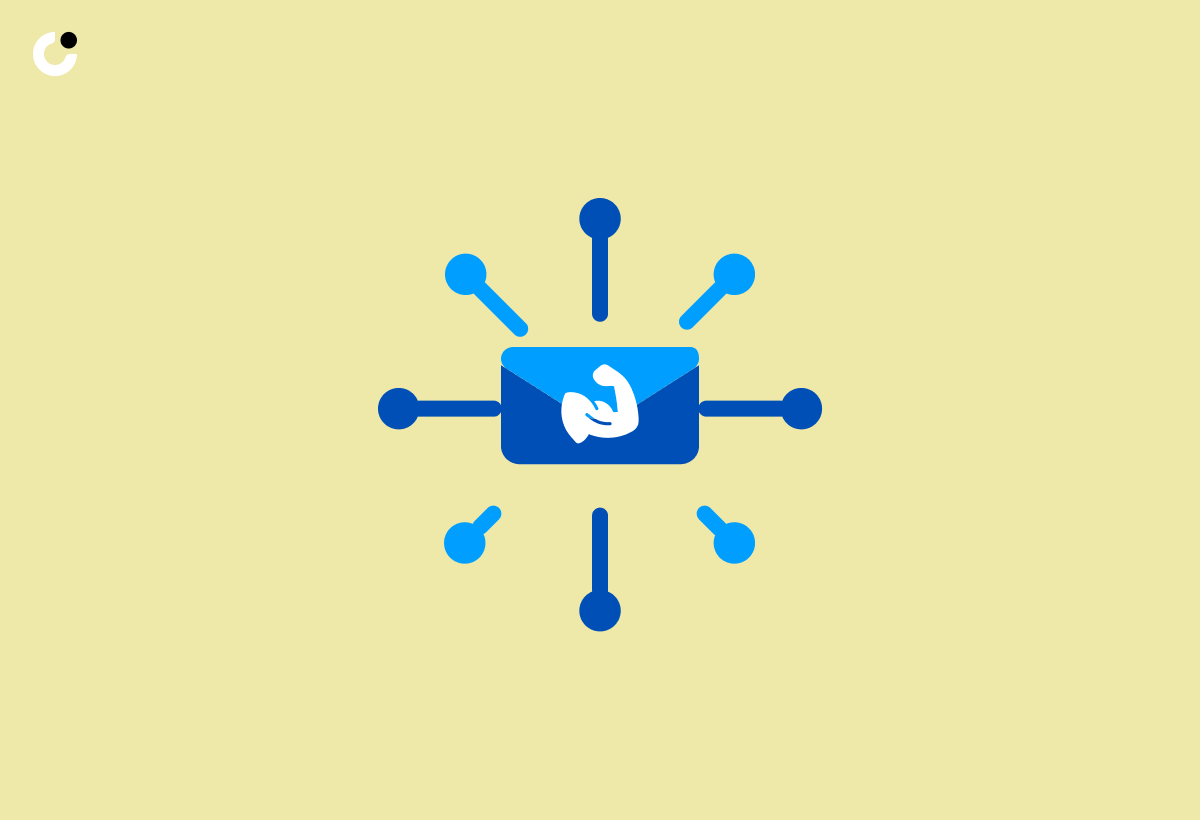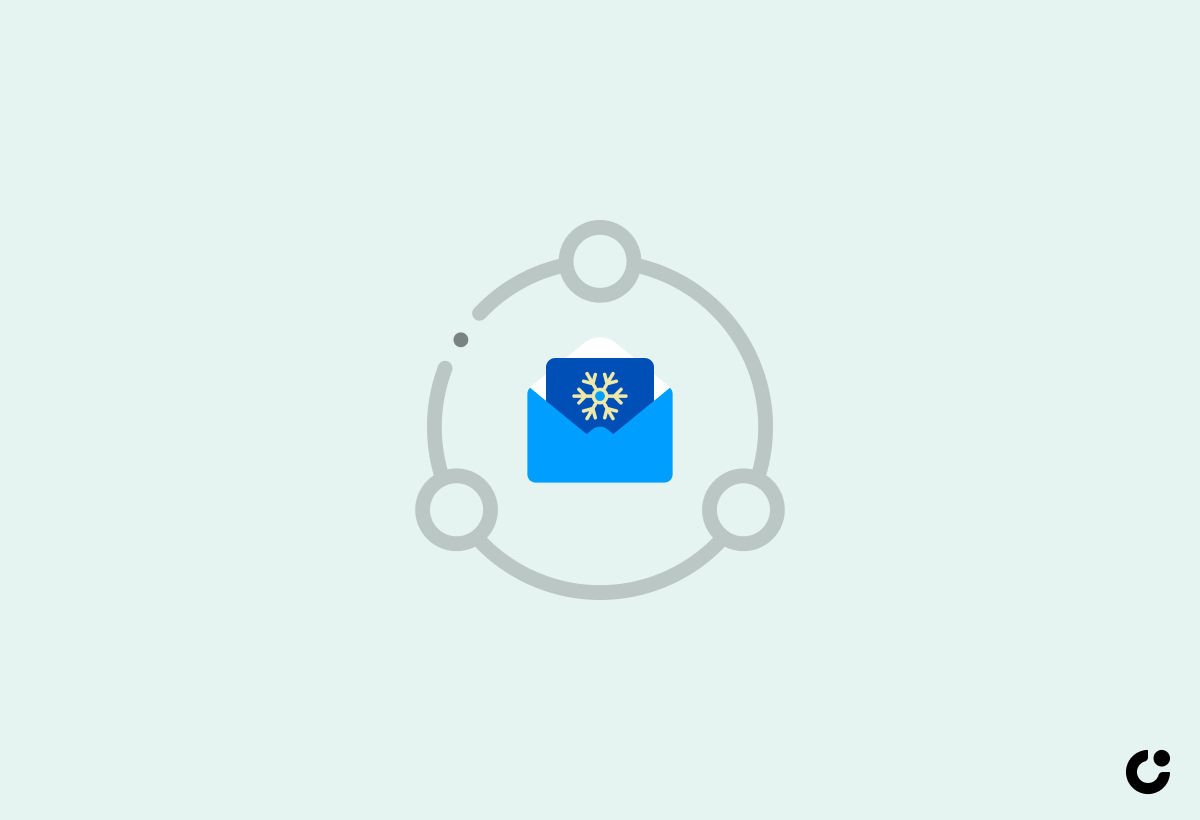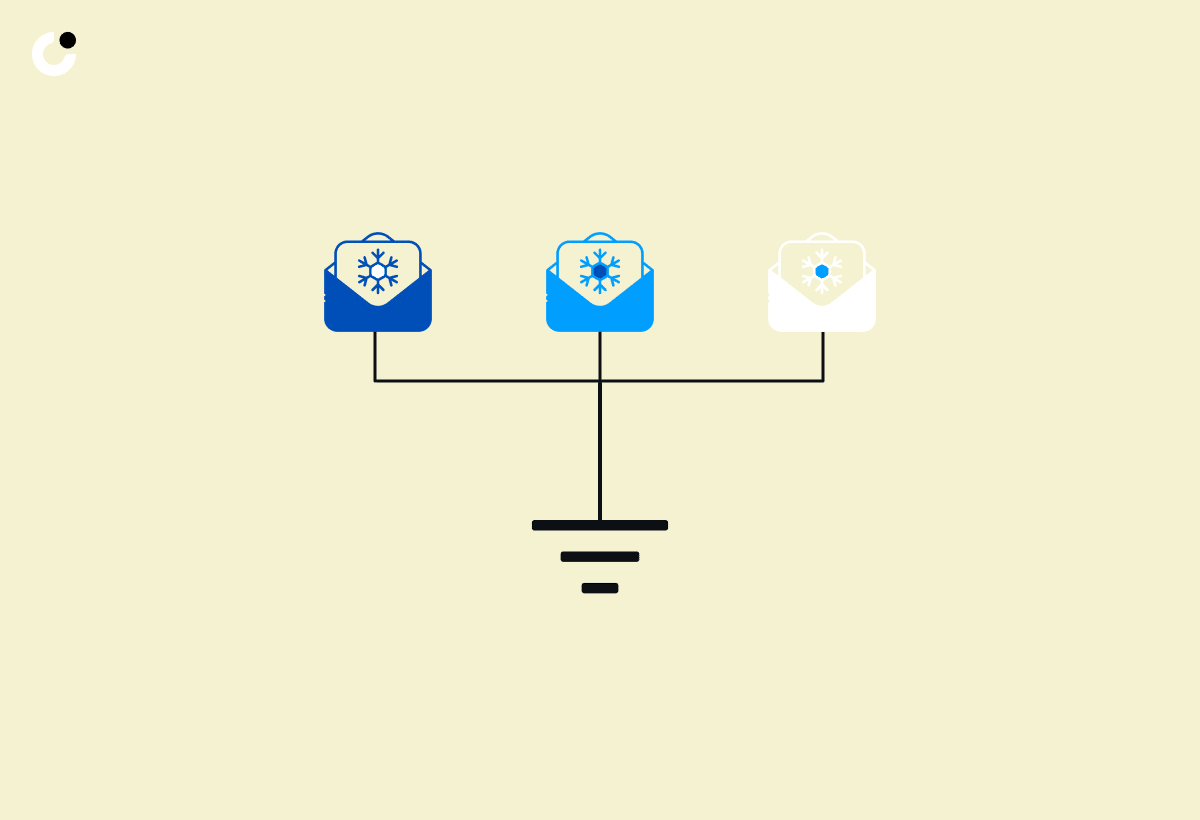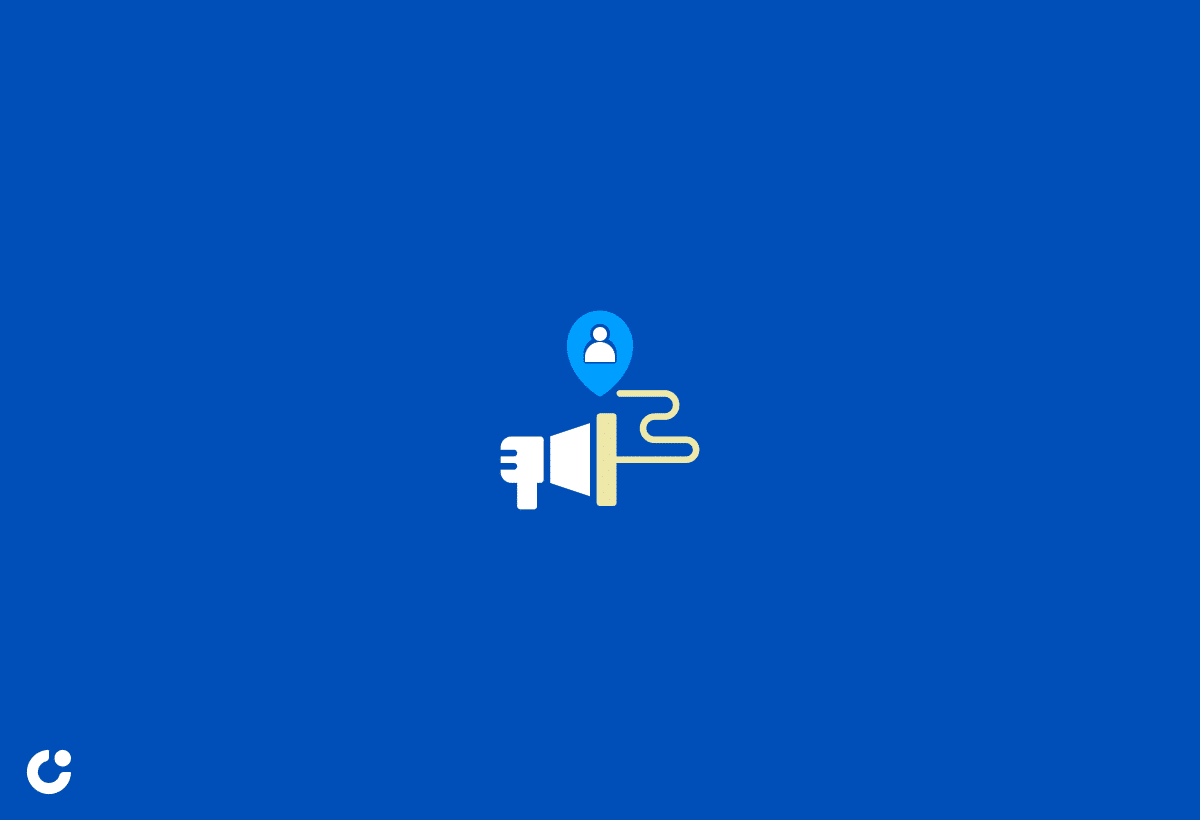Imagine the possibility of expanding your professional network, connecting with industry influencers, and landing your dream job, all through the power of cold email networking.
In this blog post, we will explore a fresh perspective on this powerful tool and provide you with valuable tips and strategies to unlock its full potential. Let’s dive in and discover how you can make a lasting impact on your career with the art of cold email networking.
Key Takeaways
- Cold email networking is a powerful tool for job search and career advancement, with numerous benefits such as new opportunities, mentorship, and valuable connections.
- Crafting effective cold emails involves personalization of messages along with eye-catching subject lines to invoke curiosity while providing value in succinctness.
- Successful follow up includes strategically timed persuasive messages that are polite and personalized.
The Power of Cold Email Networking

Cold email networking has the potential to revolutionize your career by facilitating the expansion of your professional connections. An unsolicited message inviting a person to connect, cold networking emails can help you build new connections without the need for face-to-face encounters.
It is estimated that up to 80% of job positions, including new job opportunities, are filled through personal contacts, making networking emails a vital tool in your job search and pursuit of career advancement.
Benefits of Cold Email Networking

Cold email networking can result in new opportunities, mentorship, and valuable connections while saving time and resources. Crafting personalized emails that highlight the recipient’s interests and achievements helps demonstrate your genuine appreciation for their work, leaving a positive impression.
Furthermore, a call to action in your networking email prompts the recipient to take the next step, ensuring your message doesn’t end up as mere fan mail.
Challenges and How to Overcome Them

Establishing a new connection through electronic messaging can be challenging, as many people have an abundance of emails in their inboxes, and LinkedIn messages from unfamiliar sources can be easily missed. To overcome these challenges, personalized and targeted strategies should be employed.
Creating a genuine connection and demonstrating your value to the recipient is easier when you mention a mutual contact or shared interests, such as referring to your mutual contact’s name, which can lead to a mutually beneficial connection.
Crafting an Effective Cold Email for Networking

Successful cold email networking hinges on mastering the essential components of an effective message, including personalization, attention-grabbing subject lines, and brevity. A well-crafted cold email consists of a greeting, introduction, commonalities and offerings, call to action, and closing. Focusing on these elements helps create compelling emails that leave a lasting impression, opening doors to new professional connections.
Personalization Matters

Personalization is paramount for successful networking emails. To personalize cold emails effectively, follow these steps:
- Research the recipient and craft the message to suit their interests and accomplishments.
- Include a personalized introduction and address the prospect by name.
- Demonstrate your research effort and appreciation, fostering a mutual understanding for a meaningful connection.
The Art of the Subject Line

The subject line of a cold email is crucial in capturing the recipient’s attention and motivating them to open the email. Strategies for creating compelling cold email subject lines include:
- Invoking curiosity
- Employing the power of secrets
- Keeping the subject line concise
- Personalizing it
- Providing value
- Making it engaging
Employing these techniques ensures your email stands out in a crowded inbox, capturing the interest of your intended recipient.
Keep it Brief and Focused

Maintaining brevity and focus in cold emails is essential in order to demonstrate respect for the recipient’s time and attention, as well as professionalism. Keeping your message concise and focused on your objective simplifies the recipient’s response process and enhances the chances of a positive outcome.
Remember that a succinct and pertinent email is more likely to be read and comprehended promptly, elevating the probability of a response.
Building Mutually Beneficial Connections

To truly succeed in cold email networking, it’s important to build meaningful connections that offer mutual benefits. Establishing common ground, showcasing your value, and offering assistance or collaboration helps create lasting relationships that contribute to your career growth and the success of your connections.
Establishing Common Ground

Establishing common ground with the recipient is a key aspect of successful cold email networking. Mentioning shared interests, experiences, or mutual connections helps foster a relationship and demonstrate authentic interest in the recipient’s work. This approach not only helps create a genuine connection but also increases the likelihood of a positive response.
Showcasing Your Value

Demonstrating your value to the recipient is crucial in building meaningful connections through cold email networking. Here are some ways to highlight your value:
- Highlight your skills and expertise
- Showcase your potential contributions to their goals
- Demonstrate your ability to assist them in accomplishing their objectives
By emphasizing your value as an asset, you not only increase the chances of a positive response but also set the foundation for a mutually beneficial relationship.
Offering Assistance or Collaboration

One of the most effective ways to build a strong connection with the recipient of a cold email is to offer assistance or collaboration. Expressing your willingness to help or collaborate shows a genuine interest in their success and lays the foundation for a lasting professional relationship.
Make sure to be concise, personalized, and to offer value in your proposal, as this will increase the likelihood of receiving a positive response.
Cold Email Networking Templates for Success

Cold email networking email templates can be an invaluable resource in various scenarios, such as reaching out to influencers, connecting with alumni, and inquiring about job opportunities. Customizing these templates to suit your specific needs and objectives maximizes the chances of success in your cold email networking efforts.
Reaching Out to Industry Influencers

When reaching out to industry influencers, it’s essential to express admiration for their work and propose a meeting or collaboration. A well-crafted email can help you establish a connection with these influential individuals, opening doors for potential partnerships and career growth.
Be sure to personalize the message, mention any mutual connections, and offer value to the recipient.
Connecting with Alumni or Fellow Professionals

When connecting with alumni or fellow professionals, it’s crucial to share common experiences and seek advice or support. By mentioning your shared background, such as attending the same school or working in the same industry, you can establish a sense of camaraderie and encourage the recipient to offer their guidance or assistance.
Be sure to personalize the message and express genuine interest in their dream job and career path, as well as providing valuable career advice related to their job title.
Inquiring About Job Opportunities

When inquiring about job opportunities, it’s important to showcase your passion for the company and request further discussion. In your email, you should:
- Mention any job posting openings
- Demonstrate interest in the company’s work
- Solicit the recipient’s opinion on your qualifications and suitability for the role
- Be professional and courteous in your message
- Personalize your approach to make a lasting impression.
Mastering the Art of Follow-Up

Following up on your initial cold email networking efforts is crucial in maintaining momentum and ensuring a positive outcome. Timing your follow-up effectively and crafting persuasive messages increases the chances of receiving a response, ultimately achieving your networking goals.
Timing Your Follow-Up

Determining the appropriate time to follow up on a cold email is essential for success. Consider factors such as the recipient’s schedule and industry norms when deciding when to send your follow-up message. In general, it is suggested to wait 1-3 days before sending a follow-up email after the initial cold email.
Crafting a Persuasive Follow-Up Message

A persuasive follow-up message should:
- Reiterate your purpose
- Highlight any new developments
- Encourage a response
- Reference any prior communication
- Demonstrate politeness
- Personalize the message
- Provide value to the recipient.
Crafting a compelling follow-up message increases the likelihood of eliciting a response and achieving your networking objectives.
Summary
Cold email networking is a powerful tool for expanding your professional network, creating meaningful connections, and advancing your career. By mastering the art of personalization, crafting attention-grabbing subject lines, maintaining brevity and focus, and following up effectively, you can unlock the full potential of cold email networking and make a lasting impact on your career. So, why not give it a try and experience the transformative power of cold email networking for yourself?
Frequently Asked Questions
What is cold email networking?
Cold email networking is the process of making connections with potential employers and peers in your industry through direct emails. It involves reaching out to learn more about a company or an individual and can help you build relationships to get closer to your career goals.
Is cold emailing illegal?
Cold emailing is not illegal in the US, provided it meets the requirements outlined in the CAN-SPAM Act such as accurate information, a physical address and an unsubscribe link.
How do I cold email a connection job?
When sending a cold email for a job connection, use a formal tone and make sure to include your availability. Personalize the message, keep it short and relevant, and follow up if you don't get a response. Make connecting easy and leverage cold email outreach solutions when appropriate.
Does cold emailing work anymore?
Cold emailing is still a viable option for businesses, if done properly. Taking steps such as providing an easy opt-out method, avoiding misleading subject lines and using valid company emails can help ensure success when sending cold emails.
What is the purpose of a cold networking email?
The purpose of a cold networking email is to initiate a relationship that could lead to new job or collaboration opportunities. It should be written with a formal tone in order to make a connection with the reader.

